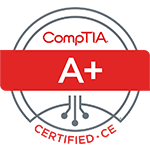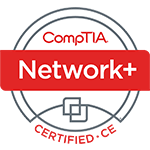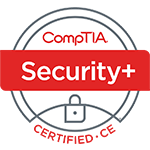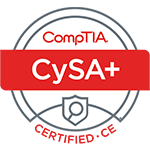In today’s interconnected world, your business relies heavily on software, whether it’s installed locally or hosted in the cloud.
Securing the entire process that creates and delivers your software is crucial. This includes everything from the tools developers use, to how updates are delivered to your systems. Any breach or vulnerability in this chain can lead to serious problems.
A clear example was the global IT outage last July, which affected airlines, banks, and many other sectors. The issue was caused by a faulty update from a software supplier called CrowdStrike, which was a part of many software supply chains.
Why is it so important to secure your software supply chain, and what can you do to prevent similar issues? Let’s explore this further.
1. Increasing Complexity and Interdependence
Many Components
Today’s software is built from many parts. This includes open-source libraries, third-party APIs, and cloud services. Each part can bring security risks. It’s crucial to ensure every component is secure to keep the whole system safe.
Continuous Integration and Deployment
Continuous integration and deployment (CI/CD) are widely used in software development. These methods involve regularly updating and integrating software. While they help speed up development, they also raise the risk of new vulnerabilities. Securing the CI/CD pipeline is vital to block the entry of harmful code.
2. Rise of Cyber Threats
Targeted Attacks
Cyber attackers are increasingly focusing on the software supply chain. They infiltrate trusted software to access broader networks, often finding this approach more effective than attacking well-protected systems directly.
Sophisticated Techniques
Attackers use complex methods to exploit vulnerabilities in the supply chain. These methods include advanced malware, zero-day exploits, and social engineering. The complexity of these attacks makes them hard to detect and stop. Maintaining a strong security posture is crucial to defend against these threats.
Financial and Reputational Damage
Successful attacks can cause major financial and reputational harm. Affected companies might face regulatory fines, legal expenses, and a loss of customer trust. Recovering from a breach can be costly and time-consuming. Taking steps to secure the supply chain proactively helps prevent these negative outcomes.
3. Regulatory Requirements
Compliance Standards
Various industries are subject to strict software security compliance standards, including GDPR, HIPAA, and the Cybersecurity Maturity Model Certification (CMMC). Failure to comply can lead to heavy fines. Securing the software supply chain is crucial for meeting these standards.
Vendor Risk Management
Many regulations require thorough vendor risk management. Companies need to ensure their suppliers follow security best practices. This process involves assessing and continuously monitoring the security measures of vendors. A secure supply chain ensures all partners comply with relevant standards.
Data Protection
Regulatory standards focus heavily on data protection and privacy. Ensuring supply chain security helps safeguard sensitive data against unauthorized access. This is critical in sectors like finance and healthcare, where data breaches can have devastating impacts.
4. Ensuring Business Continuity
Preventing Disruptions
Securing your supply chain can help avoid interruptions in your business operations. Cyber-attacks often cause downtime, which can reduce productivity and earnings. Protecting the integrity of your supply chain reduces the risk of these operational disruptions.
Maintaining Trust
Customers and partners rely on secure and dependable software. A security breach can destroy trust and harm business relationships. By safeguarding the supply chain, companies can preserve the confidence of their stakeholders.
Steps to Secure Your Software Supply Chain
Implement Strong Authentication
Implement robust authentication methods across your supply chain. This should include multi-factor authentication (MFA) and stringent access controls to ensure only authorized personnel can access essential systems and data.
Roll Out Updates in Phases
Update all software components regularly, but do it in stages. Start by applying patches and updates to a small number of systems to test their impact. If these initial updates don’t cause problems, proceed to update the rest.
Perform Regular Security Audits
Carry out consistent security audits throughout your supply chain. Review the security measures of all vendors and partners, pinpoint any security weaknesses, and address them. These audits are crucial for maintaining compliance with security standards and ensuring the safety of your supply chain.
Implement Secure Development Practices
Incorporate secure development practices to minimize vulnerabilities. This should involve code reviews, static analysis, and penetration testing to ensure security is a part of the software development lifecycle from the beginning.
Continuously Monitor for Threats
Set up ongoing monitoring systems to catch threats and unusual activities. Employ tools such as intrusion detection systems (IDS) and security information and event management (SIEM) systems to help identify and address threats quickly.
Educate and Train Your Team
Provide ongoing education and training on supply chain security to all staff members, including developers, IT personnel, and management. Ensuring that everyone is aware of and understands their role in security will help safeguard your supply chain.
Need Help Managing IT Vendors in Your Supply Chain?
Securing your software supply chain is essential. A breach or outage could lead to serious financial and operational problems. It’s vital to invest in supply chain security to keep your business resilient.
If you need assistance with managing technology vendors or securing your digital supply chain, contact us today to discuss how we can help.
Book My 17-Minute Call





